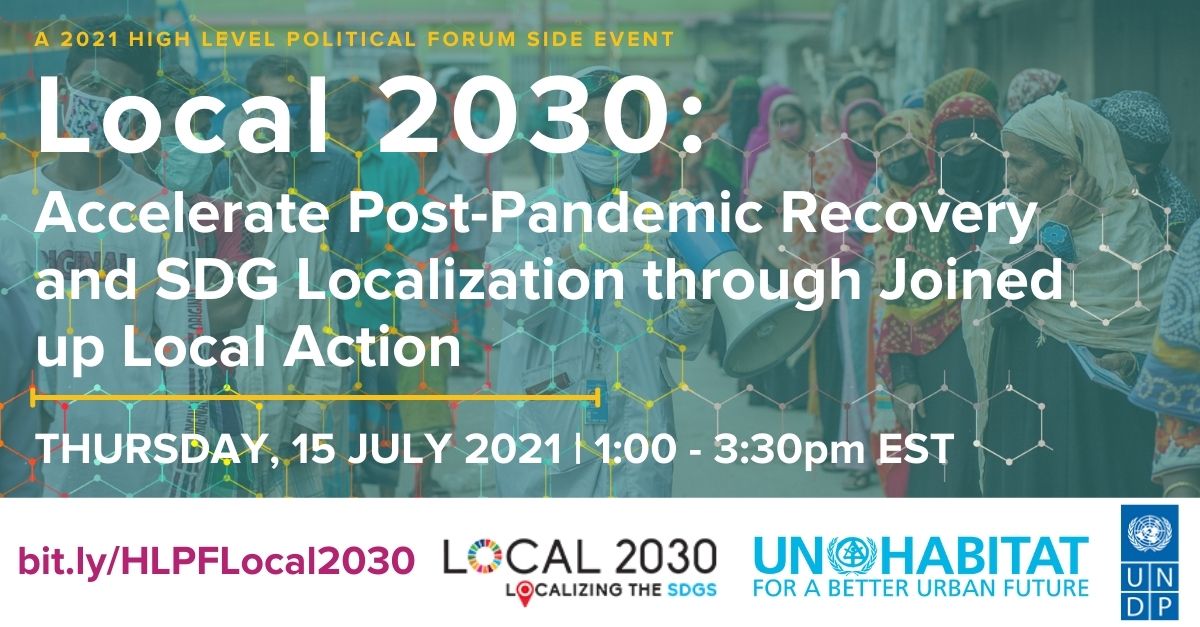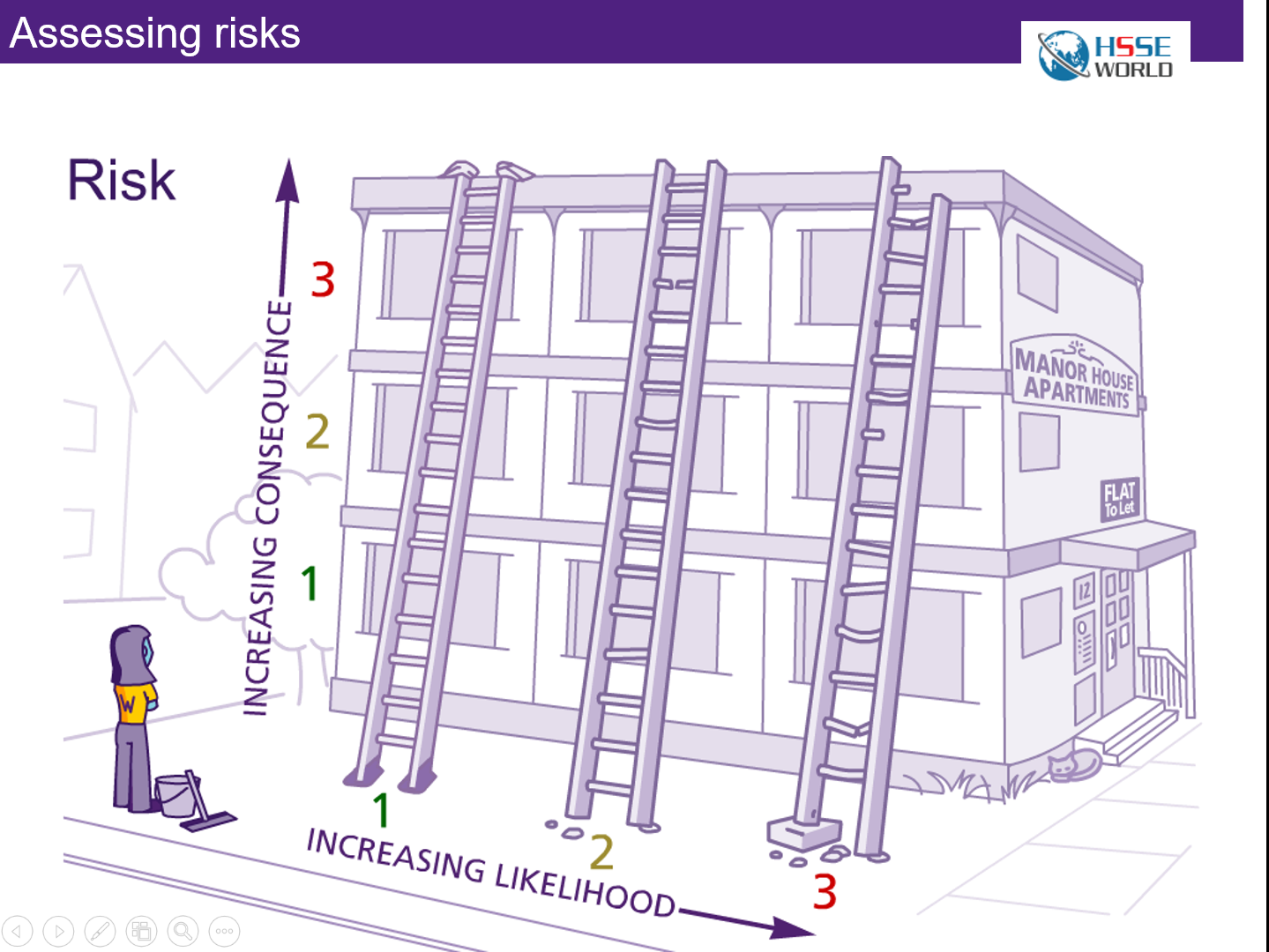Enhancing Resilience And Sustainable Development In The Least Developed Countries

Table of Contents
Investing in Climate Change Adaptation and Mitigation in LDCs
Climate change poses an existential threat to LDCs, exacerbating existing vulnerabilities and hindering development efforts. The effects are far-reaching, from increased frequency and intensity of extreme weather events like droughts and floods to rising sea levels and desertification. Addressing this requires a two-pronged approach: adaptation and mitigation.
- Climate-smart agriculture: Implementing drought-resistant crops, efficient irrigation techniques, and climate-resilient farming practices is crucial for food security.
- Renewable energy: Transitioning to renewable energy sources like solar, wind, and hydro power reduces reliance on fossil fuels, improves energy access, and mitigates greenhouse gas emissions.
- Disaster risk reduction: Investing in early warning systems, disaster preparedness plans, and resilient infrastructure minimizes the impact of extreme weather events.
Examples of successful climate adaptation projects:
- The use of drought-resistant crop varieties in sub-Saharan Africa.
- The development of early warning systems for floods and cyclones in Bangladesh.
- Investment in renewable energy infrastructure in several small island developing states.
Funding mechanisms for climate resilience: The Green Climate Fund (GCF), the Global Environment Facility (GEF), and other international initiatives play a critical role in providing financial support for climate adaptation and mitigation projects in LDCs. Technological advancements, such as improved weather forecasting models and climate-resilient building materials, are essential for enhancing effectiveness. Crucially, community participation is paramount; local knowledge and engagement are key to successful implementation.
Strengthening Institutional Capacity and Governance in LDCs
Good governance, transparency, and accountability are cornerstones of sustainable development. Weak institutions, corruption, and lack of capacity hinder effective policy implementation and resource allocation. Strengthening these institutions is therefore crucial for building resilience.
- Participatory governance: Engaging local communities in decision-making processes ensures that policies are relevant and effective.
- Anti-corruption measures: Robust anti-corruption mechanisms are essential for ensuring that resources are used efficiently and transparently.
- Evidence-based policymaking: Improved data collection and analysis systems provide a foundation for informed policy decisions.
- Human capital development: Investing in education and skills development builds a more productive and resilient workforce.
Strengthening institutional capacity involves building the skills and knowledge of government officials and local communities, improving data management systems, and promoting transparency and accountability. This empowers LDCs to better manage their resources and respond effectively to challenges.
Fostering Economic Diversification and Inclusive Growth in LDCs
Many LDCs are heavily reliant on a few primary commodities, making their economies vulnerable to price fluctuations and external shocks. Economic diversification is essential for creating a more resilient and inclusive economy.
- Infrastructure development: Investing in infrastructure—roads, railways, energy, and communications—improves connectivity and facilitates economic activity.
- Value-added agriculture: Moving beyond raw commodity exports to processed food products increases income and creates jobs.
- Service sector development: Expanding tourism, technology services, and other service sectors diversifies income streams and creates employment opportunities.
- Trade and investment: Fostering trade relationships and attracting foreign investment boosts economic growth and creates jobs. Supporting small and medium enterprises (SMEs) through access to finance and business development services is vital for inclusive growth.
Enhancing Social Protection and Human Development in LDCs
Investing in health, education, and social safety nets is paramount for building resilience at the individual and community levels. A healthy and educated population is better equipped to cope with shocks and contribute to economic development.
- Universal health coverage: Access to quality healthcare is fundamental for reducing vulnerability to disease and improving overall well-being.
- Quality education: Education empowers individuals and communities, improving their capacity to adapt to change and participate in economic development.
- Social protection programs: Cash transfers, food assistance, and other social safety nets provide crucial support during times of crisis.
Successful social protection programs, such as conditional cash transfers, demonstrate the importance of targeted interventions in improving the lives of vulnerable populations. Addressing gender inequality and empowering women is essential for achieving sustainable development goals. Food security and nutrition, along with access to clean water and sanitation, are fundamental aspects of human well-being.
Leveraging Technology and Innovation for Sustainable Development in LDCs
Technology offers transformative potential for enhancing resilience and achieving the Sustainable Development Goals (SDGs) in LDCs.
- Digital technologies: Mobile banking, e-commerce, and other digital technologies can improve access to financial services, enhance market access, and facilitate communication.
- Early warning systems: Technology plays a crucial role in providing timely warnings of impending disasters, enabling effective response and mitigation efforts.
- Precision agriculture: Using technology for data-driven farming practices improves crop yields and resource efficiency.
Successful tech-based solutions range from mobile-based agricultural information systems to drone technology for monitoring crops and infrastructure. Addressing the digital divide and promoting digital literacy are key to ensuring equitable access to technology's benefits.
Conclusion: A Path Towards Sustainable Futures in Least Developed Countries
Enhancing resilience and sustainable development in Least Developed Countries demands a comprehensive and integrated approach. Investing in climate change adaptation and mitigation, strengthening governance and institutional capacity, fostering economic diversification, enhancing social protection, and leveraging technology are all crucial elements of a sustainable development strategy. International cooperation, partnerships, and sustained financial support are essential for achieving these ambitious goals. We urge readers to learn more about supporting initiatives focused on enhancing resilience and sustainable development in these vital regions. Explore the websites of organizations like the UN Development Programme (UNDP) and the World Bank to discover how you can contribute to building a more resilient and sustainable future for Least Developed Countries.

Featured Posts
-
 The End Of An Era Reflecting On Skypes Impact On Communication
May 07, 2025
The End Of An Era Reflecting On Skypes Impact On Communication
May 07, 2025 -
 Young And Restless February 11 Episode Recap Nick Vs Victor
May 07, 2025
Young And Restless February 11 Episode Recap Nick Vs Victor
May 07, 2025 -
 The New German Chancellor Restoring German Leadership In Europe
May 07, 2025
The New German Chancellor Restoring German Leadership In Europe
May 07, 2025 -
 Assessing The Risks Chinese Plastics Dependence On Iranian Supplies
May 07, 2025
Assessing The Risks Chinese Plastics Dependence On Iranian Supplies
May 07, 2025 -
 Jenna Ortega And Glen Powell New Fantasy Film To Begin Filming In London
May 07, 2025
Jenna Ortega And Glen Powell New Fantasy Film To Begin Filming In London
May 07, 2025
Latest Posts
-
 Bakan Simsek Ten Kripto Para Piyasasina Uyari Riskler Ve Oeneriler
May 08, 2025
Bakan Simsek Ten Kripto Para Piyasasina Uyari Riskler Ve Oeneriler
May 08, 2025 -
 Brezilya Bitcoin Yasal Maas Oedeme Yoentemi Olarak Kabul Edildi
May 08, 2025
Brezilya Bitcoin Yasal Maas Oedeme Yoentemi Olarak Kabul Edildi
May 08, 2025 -
 Brezilya Da Bitcoin Ile Maas Oedemek Avantajlar Ve Dezavantajlar
May 08, 2025
Brezilya Da Bitcoin Ile Maas Oedemek Avantajlar Ve Dezavantajlar
May 08, 2025 -
 Bitcoin Maas Oedemeleri Brezilya Da Yeni Bir Doenem
May 08, 2025
Bitcoin Maas Oedemeleri Brezilya Da Yeni Bir Doenem
May 08, 2025 -
 Brezilya Bitcoin Maas Oedemelerini Yasallastiriyor Isverenler Ve Calisanlar Icin Rehber
May 08, 2025
Brezilya Bitcoin Maas Oedemelerini Yasallastiriyor Isverenler Ve Calisanlar Icin Rehber
May 08, 2025
